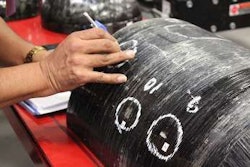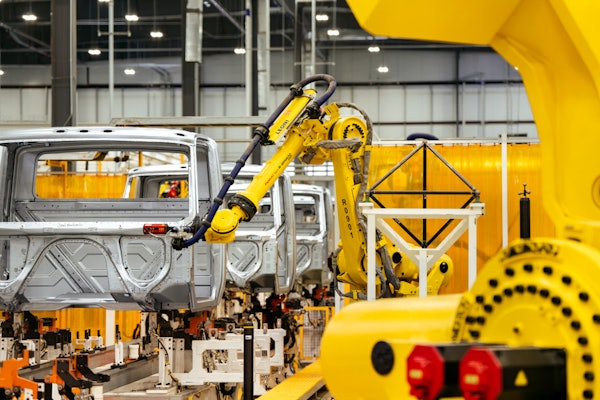This is the second of a multi-part series on the evolution of technician training and education.
Twenty years ago, the diesel truck manufacturers and OEM suppliers relied primarily on written service training publications or instructor-led classes to update service technicians.
But in the past 10 years, many Class 7-8 commercial truck and engine manufacturers – including OEM suppliers – have developed computer-based technical training courses to train and update their current technician workforce.
Today’s classroom is multi-dimensional.
“These web-based courses are frequently prerequisites to the instructor-led training courses,” Tina Miller, director of public relations for Universal Technical Institute, says. “Well-designed web courses help establish a consistent baseline of theoretical knowledge for the technician to learn prior to attending the ‘hands-on’ workshop.”
“A lot of homework is done through online environment,” Jerry Clemons, program coordinator at Elizabethtown Community and Technical College adds. “They have to function from the first day of class on that.”
Clemons says industry demands have moved much of the learning experience online as instructors seek to reach more students with more information.
“There’s just so much more technology now,” he says. “There’s no way you can say all the words they need to know. It was much easier to retain it all in the classroom years ago, because there just wasn’t so much to learn.”
Advancements in technology brings with it needs of new instructional material.
Miller says in response to vehicle improvements the diesel truck manufacturers (and OEM suppliers) have created service information systems that can be frequently updated and easily accessed by their distributor/dealer service networks and customers.
“Teaching (vocational)-tech students, entry-level and seasoned technicians to properly utilize PC-based diagnostic software to troubleshoot vehicle systems also is crucial to their success in the industry,” she says. “A modern vehicle has many systems that are interconnected that can cause complex troubleshooting problems. Training students and technicians to access OEM service information resources and properly use electronic service tools is one of the more significant changes in the diesel service industry during the last 10 years.”
Those types of equipment often don’t come cheap.
“It’s a major investment in engines with all the new emissions technologies,” Clemons says. “They just keep tuning and tuning engines. And you’ve got to keep up with it.”
Clemons says his program has received strong support from school leadership in ensuring the program is as technologically advanced as feasible.
“Our administration sees the value in what we do and invests in us,” he says. “We have a 2013 Cummins with 2013 emission in our lab. Something like that is a major investment financially.”
It can take several years for advancements in the market to find their way into the classroom, with most instructors waiting to see how well integrated the component becomes into the market.
“When the Eaton automatic transmission came out, we didn’t jump on that because we didn’t know how widely that would be used,” Clemons says. “Disk brakes didn’t catch on quickly. We didn’t jump on that until the industry said this is out there in wide numbers.”
Miller says UTI’s timeline for implementation of curriculum updates is influenced by the likelihood that students are going to encounter the new technology as soon as they are in the workplace.
“We provide students with the proper level of education to help them get into the workplace and at the same time, provide an educational background that helps them grow and learn as new technology is introduced,” she says. “We teach the technologies that are currently utilized by most diesel OEMs so our graduates have hands-on experience working on systems they are likely to see, repair or service.”
Both UTI and Elizabethtown Community and Technical College relay on an advisory panel of industry experts – like dealers and fleet managers – to help determine viable shifts in the market, and where curriculum time could be devoted.
“We also work closely with our OEM industry partners and key employers to determine what new technologies (and vehicles systems) we should cover in our diesel training programs,” Miller adds.











